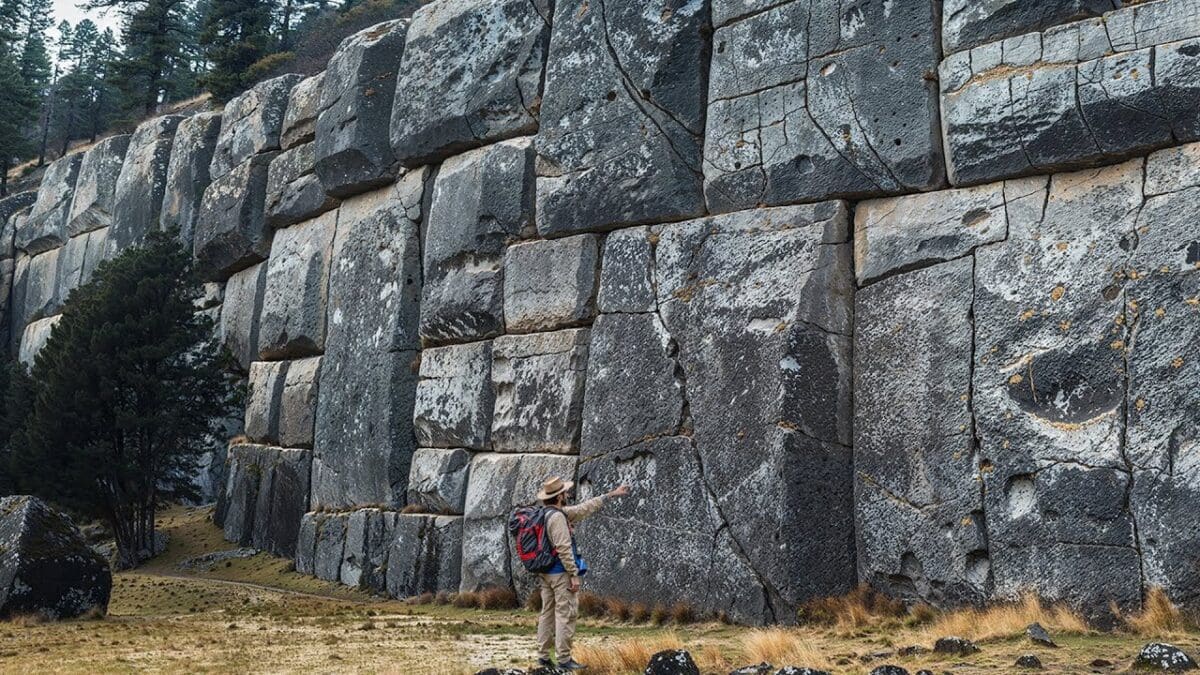Montana – Deep in Montana’s remote wilderness lies the Sage Wall, a stunning megalithic structure composed of massive granite blocks intricately stacked in a straight line extending 275 feet (84 meters). Reaching up to 25 feet (8 meters) high, with some blocks weighing 91 tons, it is believed that the wall continues an additional 15 feet underground. This unique formation appears to have precise, interlocking stones resembling ancient masonry found worldwide.
Despite its remarkable features, the Sage Wall remained hidden for centuries, covered by dense foliage on private land owned by Christopher Borton and Linda Welsh. Its discovery occurred when the landowners cleared their heavily forested property, revealing the wall and sparking scientific interest. The site drew comparisons to megalithic structures in Peru, Egypt, and other regions due to its angular formations and mysterious knobs on the stones, which are common in ancient constructions globally.
The wall’s construction raises numerous questions about the people who built it. The precision and scale of the stonework indicate a deep understanding of mathematics and astronomy, leading some experts to speculate that the Sage Wall might have served multiple purposes. It could have been a ceremonial site, a defensive structure, or even an astronomical observatory designed to track celestial events. The alignment of certain stones with solstices and equinoxes supports the latter theory, hinting at a complex understanding of the cosmos by its builders.
The discovery of the Sage Wall is challenging the conventional timeline of human activity and architectural development in the region. Previously, such advanced construction techniques were not believed to exist in North America during this period. This site could potentially lead to a reevaluation of the technological and cultural advancements of prehistoric civilizations on the continent, offering a new perspective on the ingenuity and sophistication of ancient peoples.
Michael Collins, from the YouTube channel Wandering Wolf, and Dr. Samir Osmanagich, known for his work on the Bosnian Pyramid, have studied the site. They noted the wall’s magnetic properties and its alignment with the winter solstice, suggesting it might be man-made and predating the last Ice Age. However, some experts argue it is a natural formation resulting from volcanic and tectonic activities. Regardless of its origins, the Sage Wall remains a fascinating site, inviting further exploration and study.

